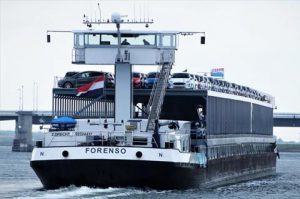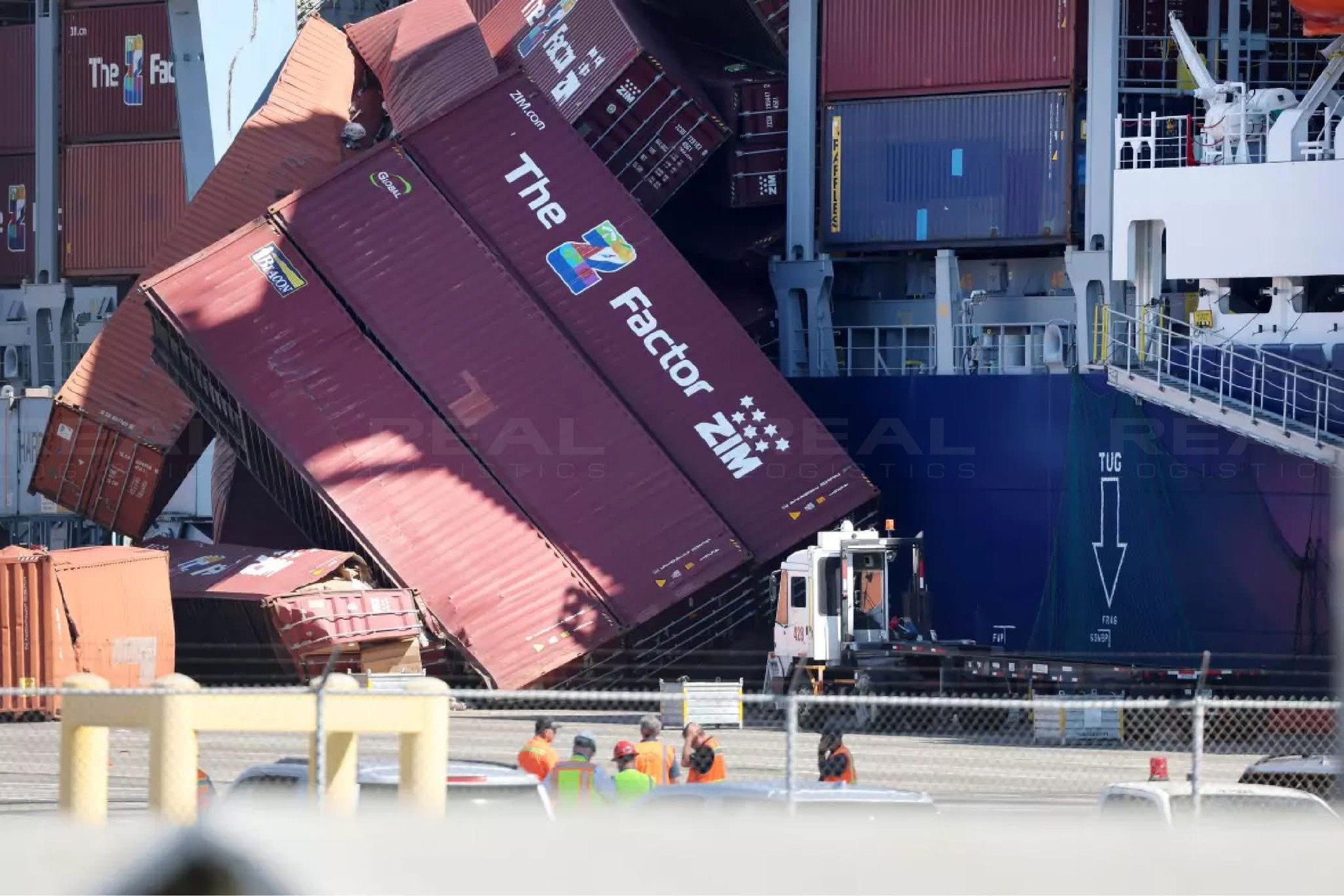Low river levels hinder shipping in Europe
EUROPE – High temperatures and prolonged dry spells in Europe have caused river levels to drop, hindering inland waterway freight transport.
Europe’s short sea and river networks carry more than 400 million tons of cargo each year. With that, the EU is ambitious to increase this number by 25% by 2030 as part of the European Green Deal, Smart and Sustainable Mobility Strategy.
However, inland waterway traffic is limited due to low water levels. For example, the Rhine, which flows from the Swiss Alps through France and Germany to the Netherlands, is a heavily used freight corridor and carries 200 million tons of freight annually. However, in some parts of Germany, the river is less than 1 m deep, half the normal level.

Reduce load
Ford said it reduced the number of trucks per ship from 30 to 40 last week because of dry weather conditions. Meanwhile, BLG-Interrijn Automobiltransporte provides Ford with 5 transport ships to move cars on the Rhine, each with a capacity of about 500 cars. This manufacturer shared on Automotive Logistics, to compensate for the reduction in the number of carrying units per ship, it has increased the frequency of sailings.
As of August 12, the depth of the Rhine in Cologne is 84cm. If the river level drops to 70cm, Ford will have to reduce the number of vehicles on each ship to 20-25% of the normal load, equivalent to 100-125 cars. Historically, the lowest water level on the Rhine measured in Cologne was 69cm in October 2018. However, last week, south of Cologne, the German Federal Transport and Waterway Administration reported a water level of just 42cm.
Mercedes-Benz said it continuously monitors and assesses the low water situation, which currently does not affect production operations nor the transportation of vehicles by barge.
Restrictions on the transportation of goods
The Rhine usually has lower water levels from July to October every year, but this is exacerbated by unusually dry temperatures and no snowfall in the Alps last winter. This could make it impossible to move goods for many months to come.
In northern Italy, where Pininfarina and Ferrari have factories, water levels in the Po River are also low and the problem persists throughout Europe. The Danube River dries up as it passes through Romania and Bulgaria, urgent dredging will be carried out to allow coal ships to pass.
Regarding incoming shipments, several suppliers said they have a task force that is constantly monitoring the situation on the Rhine. They also take various measures in the current situation, the demand for raw materials is now guaranteed.
Last year, the European Parliament proposed increasing the volume of inland waterway transport across the entire river network. In the resolution “Towards future-proof inland waterway transport in Europe”, only 6% of transport in general travels on European inland waterways and should be encouraged to use more than to replace road transport.
In response to the above situation, the German government proposed dredging the Rhine, creating a deeper canal. This project will take many years and boats may be restricted because of this problem. On the other hand, restricting vehicles on the Rhine risks increasing the road network, exacerbating congestion, and putting pressure on an already capacity-constrained sector.
The most serious thing is that currently, the Rhine is being used to transport coal for power plants due to the lack of natural gas from Russia. Coal is again an essential element for electricity generation, especially in France, where water levels are lower than in the Rhone and Garonne rivers.
According to Automotive Logistics








